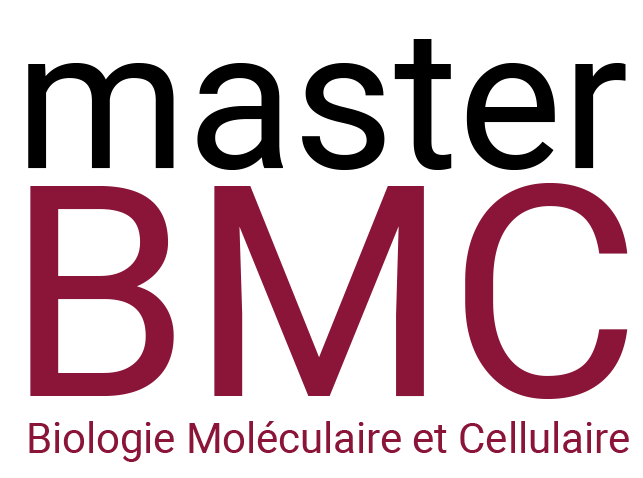Role of chronic exposure to interferon α in abnormal granulopoiesis in sickle cell disease
Responsable du Stage : Bérengère Koehl
Mail : berengere.koehl@inserm.fr
Résumé du Projet de Stage
Sickle cell disease (SCD) is a life-threatening genetic hemoglobin disorder, characterized by a chronic hemolytic anemia, recurrent painful vaso-occlusive crisis (VOC) and progressive multiple organ failure. It is a global health issue, affecting millions of people worldwide, and its incidence is expected to increase to 400,000 neonates born per year by 2050. SCD is caused by a unique mutation in the β-globin gene, which leads to irreversible polymerization of the abnormal deoxygenated hemoglobin S (HbS) and the obstruction of small vessels by sickle-shaped red blood cells (RBC). However, in the last two decades, other blood cells including neutrophils, monocytes, and platelets, have been shown to play a crucial role in the SCD physiopathology by promoting VOC, inflammation and pain1. We and others have demonstrated that polymorphonuclear neutrophils (PMNs) are quantitatively and qualitatively altered in SCD patients2.
However, the origin of the PMN abnormality remains to be elucidated. We hypothesized that neutrophilia has a central origin related to an enhanced myeloid commitment of hematopoietic stem cells (HSCs) in the bone marrow. The plasma level of numerous pro-inflammatory cytokines (TNFα, IL-1β, IL-6, IL-8…) are elevated in SCD but their effect on hematopoiesis and on the lineage specification of HSCs remains to be fully defined. More recently, our team showed high plasma level of interferon-α (IFNα) in SCD patients at basal state as well as an activation of IFN-1 signaling pathway in circulating PMN3. IFN-1 pathway was also be found activated in CD34+ progenitors cells from SCD patients4. Although it is well known that IFNα is an important regulator of the function of hematopoietic stem and progenitor cell (HSPC) 5, the effect of chronic exposure to IFNα on SCD hematopoiesis remains to be characterized.
The aim of this study is to decipher the impact of chronic exposure to IFNα on the myeloid commitment of HSCs and granulopoiesis in SCD patients. The master student will perform proliferation and differentiation experiments of CD34+ cells from SCD patients. The candidate will be supervised by researcher and PhD student, and will be trained to several techniques: flow cytometry, molecular biology, cell culture, biochemistry and cell biology.
Références:
- Allali, S., Maciel, T. T., Hermine, O. & Montalembert, M. de. Innate immune cells, major protagonists of sickle cell disease pathophysiology. Haematologica 105, 273–283 (2020).
- Koehl, B. et al. The endothelin B receptor plays a crucial role in the adhesion of neutrophils to the endothelium in sickle cell disease. Haematologica 102, 1161–1172 (2017).
- Hermand, P. et al. The proteome of neutrophils in sickle cell disease reveals an unexpected activation of interferon alpha signaling pathway. Haematologica 105, 2851–2854 (2020).
- Lagresle-Peyrou, C. et al. Plerixafor enables safe, rapid, efficient mobilization of hematopoietic stem cells in sickle cell disease patients after exchange transfusion. Haematologica 103, 778–786 (2018).
- Demerdash, Y., Kain, B., Essers, M. A. G. & King, K. Y. Yin and Yang: The dual effects of interferons on hematopoiesis. Exp. Hematol. 96, 1–12 (2021).
Ce projet s’inscrit-il dans la perspective d’une thèse :
oui x
non o
si oui type de financement prévu : Concours ED BioSPC
Ecole Doctorale de rattachement : BioSPC
Intitulé de l’Unité : Biologie Intégrée du Globule Rouge
Nom du Responsable de l’Unité : Yves Colin
Nom du Responsable de l’Équipe :Caroline Le Van Kim
Adresse : 6 rue Alexandre Cabanel 75015 Paris

